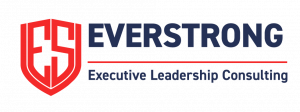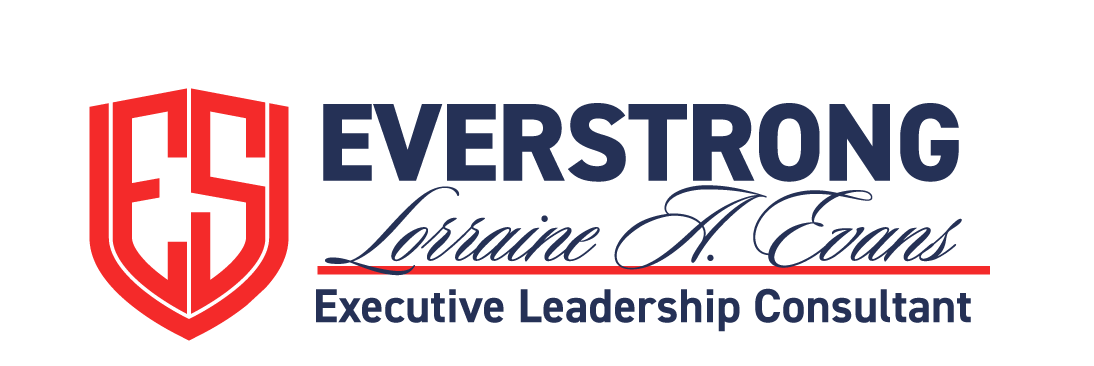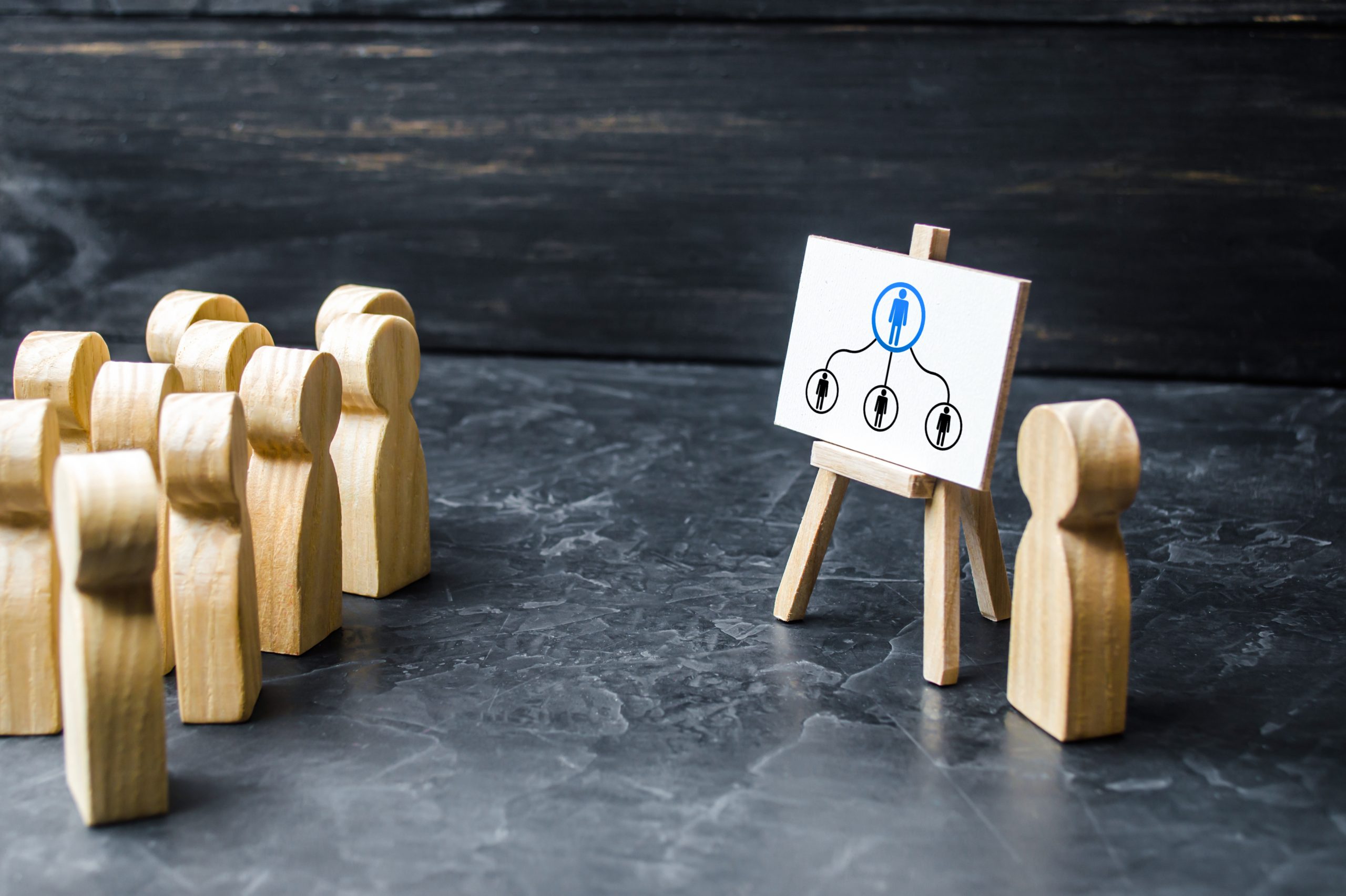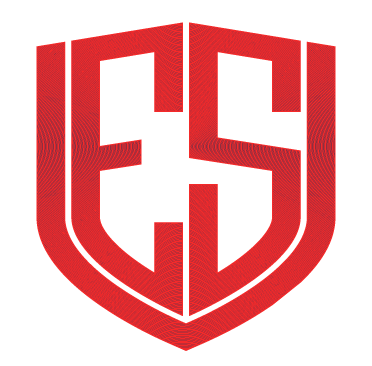Understanding Organizational Dynamics
Organizational dynamics refer to the patterns and structures within a workplace that influence how work is accomplished. These dynamics encompass various factors, including communication flow, power distribution, team collaboration, and cultural norms. To decode these dynamics effectively, it’s essential to grasp the following core components: 1. Communication Patterns: Effective communication is the backbone of any organization. It involves exchanging information and how that information is interpreted and acted upon. Studying how people communicate can find problems and ensure important messages get to the right people on time. 2. Power Structures: Every organization has a power structure that dictates decision-making processes. This can range from traditional hierarchical models to more decentralized approaches. Recognizing the power dynamics within a company helps employees navigate the decision-making landscape and understand who holds influence. 3. Team Collaboration: Team dynamics play a significant role in organizational success. The ability to work collaboratively, leverage diverse skills, and manage conflicts effectively is crucial. Understanding team dynamics involves analyzing how team members interact, their strengths, and areas where they may need support. 4. Cultural Norms: Organizational culture defines the values, beliefs, and behaviors that are encouraged and rewarded within a company. A good culture helps employees feel happy and work better, while a lousy culture causes people to leave and be unhappy. Decoding cultural norms is essential for aligning personal values with organizational expectations.Challenges in Modern Workplaces
Modern workplaces face a unique set of challenges that can complicate organizational dynamics. Some of the most prevalent challenges include:- Remote and hybrid work models have changed how teams work together and communicate. While these models offer flexibility, they also present challenges in maintaining cohesive team dynamics and ensuring effective communication across different time zones.
- Diverse Workforce: As workplaces become more diverse, managing inclusivity and equity is paramount. Organizations must navigate cultural differences, varying communication styles, and potential biases to create an inclusive environment where all employees feel valued and respected.
- Technological Integration: Rapid technological advancements require organizations to adapt continuously. Integrating new tools and platforms can disrupt established workflows and require employees to learn new skills. Balancing technological innovation with employee adaptability is a critical challenge.
- Changing Employee Expectations: Modern employees prioritize work-life balance, career development, and meaningful work. Organizations must adapt to these changing expectations to attract and retain top talent. This includes offering flexible work arrangements, professional growth opportunities, and a strong sense of purpose.
Strategies for Navigating Organizational Dynamics
Successfully navigating organizational dynamics requires a strategic approach that addresses the unique challenges of modern workplaces. Here are some actionable strategies to consider:- Foster Transparent Communication: Encourage open and transparent communication at all levels of the organization. This means leaders give updates, listen to feedback, and let employees share their thoughts and ideas. Slack, Microsoft Teams, and Zoom can facilitate real-time communication and collaboration.
- Empower Leadership: Invest in leadership development to ensure leaders can effectively manage modern teams. This includes training in emotional intelligence, conflict resolution, and inclusive leadership practices. Empowered leaders can create a positive ripple effect throughout the organization.
- Promote Collaboration: Create opportunities for cross-functional collaboration to break down silos and encourage knowledge sharing. This can be done by using project teams, team-building activities, and tools like Trello, Asana, and Miro.
- Cultivate a Positive Culture: Focus on building and maintaining a positive organizational culture. This involves recognizing and celebrating achievements, promoting work-life balance, and fostering a sense of belonging. Regularly assess the cultural climate through surveys and feedback sessions to identify areas for improvement.
- Leverage Technology Wisely: Integrate technology to enhance productivity without overwhelming employees. Provide adequate training and support to help employees adapt to new tools. Consider implementing automation for repetitive tasks to free up time for more strategic work.
- Prioritize Inclusivity and Equity: Implement policies and practices that promote inclusivity and equity. This includes diversity training, bias awareness programs, and equitable hiring practices. Encourage diverse perspectives and create a safe space for open dialogue.
- Adapt to Employee Expectations: Be flexible and stay attuned to changing employee expectations. Offer flexible work arrangements, opportunities for professional development, and a clear path for career progression. Show employees that their well-being and growth are a priority.




